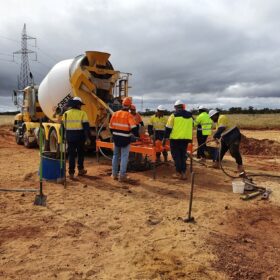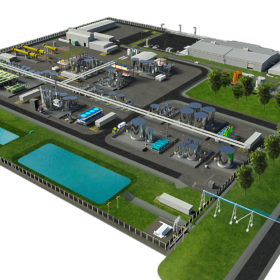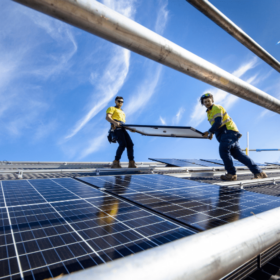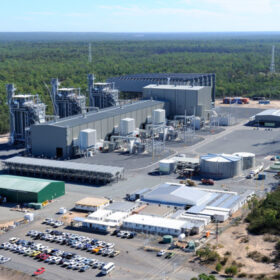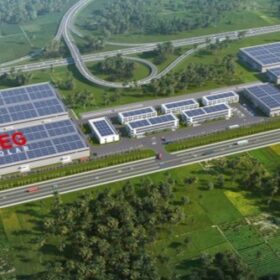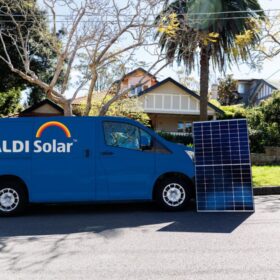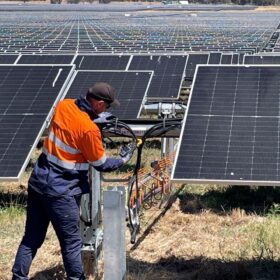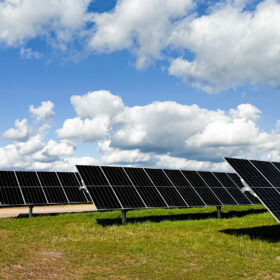Ausgrid backs community battery to boost network stability
New South Wales distributed network provider Ausgrid has powered up its third battery energy storage system under the federal government’s $200 million Community Batteries for Household Solar program.
Delays in energy transmission and generation projects trigger reliability warnings
The Australian Energy Market Operator has issued new warnings of potential breaches in the reliability standards for the National Electricity Market in coming years due to delays in key transmission projects and looming retirements of coal-fired generators.
Alpha presses go on high-purity alumina refinery
Queensland aluminium materials manufacturer Alpha HPA says it will establish the world’s largest single-site high-purity alumina products refinery after reaching a final investment decision on the second stage of its processing facility in Gladstone.
Rooftop PV market faces profit squeeze as sales slow
Rooftop PV is the fourth largest source of electricity generation in Australia, providing about 11% of the country’s power supply, but solar industry analyst SunWiz has cautioned the market to brace for a challenging period.
Leapton Energy launches 20.48 kWh residential battery
Japan’s Leapton Energy has developed a 20.48 kWh residential battery energy storage system featuring storage capacities starting at 5.12 kWh, utilising lithium iron phosphate technology.
Guide plots path to enhanced land productivity on solar farms
A New South Wales community group has launched a guide it says provides a framework that will enable solar farms developers to improve biodiversity on project sites and build trust in neighbouring communities without compromising PV generation capacity.
Origin unveils plans for 2 GWh battery for Queensland
Australian energy giant Origin Energy has revealed plans to build what would be Queensland’s biggest battery energy storage system as it continues the expansion of its renewable energy generation and storage portfolio.
US module maker signs deal to build mega factory in Indonesia
United States-headquartered module maker SEG Solar has struck a deal for the development and operation of a PV manufacturing facility on the Indonesian island of Java with a production capacity of 5 GW of silicon wafers, 5 GW of solar cells, and 5 GW of PV modules.
Elgin gets green light for biggest solar and storage project to date
A 150 MW solar farm and a 250 MWh battery energy storage system proposed for Victoria’s Central Highlands by British renewables developer Elgin Energy has won planning approval from the state government.
Solar, wind completely replace diesel at South Pole station
A recent analysis shows that renewable energy could partially replace diesel fuel to power instruments and provide heat at the South Pole. A team of researchers has proposed a solar, wind and battery energy storage hybrid system that could reduce diesel consumption by 95% and save approximately $86 million over 15 years, after an initial investment of about $14.5 million.

